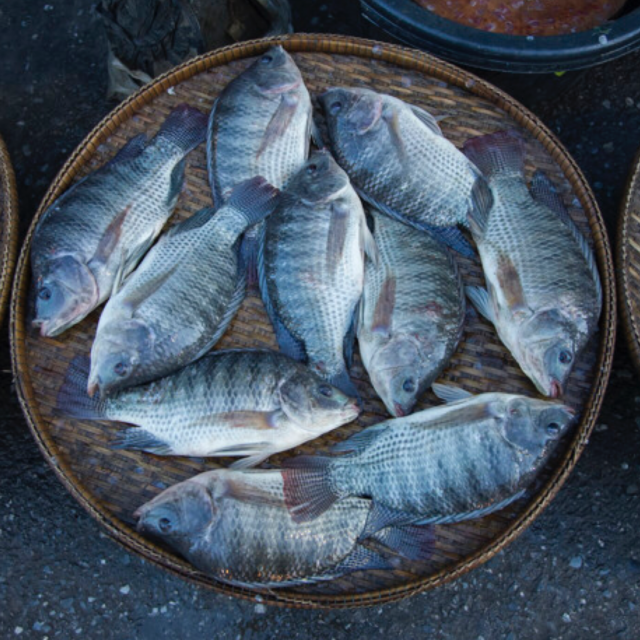SCIENCE CITY OF MUNOZ – Freshwater fisherfolks were called to step up production by embracing new technology amid a grim prediction on fish production by the United Nation’s Food and Agricultural Organization.
“Kaya ngayon ay nagtuturo kami ng technology on aquaculture dahil naniniwala kami na mas lalaki ang kita ninyo kapag alam niyo yung technology,” Senate committee on agriculture and food chair Cynthia Villar told 33 completers of the trainors’ training on aquaculture and fisheries at the Bureau of Fisheries and Aquatic Resources at the Central Luzon State University here.
The completers came from different Luzon regions and will be tasked to train fisherfolks in their respective areas.
Villar said the training is being conducted as UNFAO reported a huge problem in fish production.
“Twenty years ago, 70 percent of our fish are coming from the ocean, huli sa ocean, and 30 are from aquaculture. But today it’s 50-50. In fact, mas malaki na yata ang aquaculture – 52 percent aquaculture at 48 percent galing sa ocean,” Villar said. “Kasi nao-overfish at nai-illegal fishing ang ocean, madumi ang ocean.“
“At ang pinaka-grabeng prediction in 2050 ay 100 percent na ang aquaculture,” said the senator who led the institutionalization of farm schools in different parts of the country as she explained that too much plastics thrown in the ocean result to the death of fishes. “They will all die and we will have no more fish in the ocean. Iyan ang kinatatakutan nila.”
While plastic is a problem to be addressed by the Department of Environment and Natural Resources,Villar said the people cannot just stand and wait for the worst to happen.
“Kung mangyari yun dapat ay handa tayo. Hindi naman tayo pwedeng walang isda. Kailangang mag-produce tayo ng isda in aquaculture. Kaya hindi naman dapat maghintay na lang na mangyari yun. We have to do something about it. We develop aquaculture and at the same time stop the plastic pollution in the ocean,” she noted.
The people, she said, have nothing to lose in preparing: “Kung hindi mawala ang isda sa ocean at nakagawa kayo ng aquaculture e di mabuti, marami tayong isda.” During the three-day training, the fishermen and farm owners were lectured on modified intensive tilapia hatchery production, fry collection, feeds and feeding using locally available feed ingredients, feeding of tilapia using extruded floating feeds, tilapia grow-out management, tilapia health management, and good aquaculture practices, among others.
Villar lauded BFAR Region 3’s National Fisheries Research and Development, National Freshwater Technology Center for the undertaking in coordination with Villar Sipag at Tiyaga Foundation.
Opportunity
Laurence Gahid, a cooperative leader from Ifugao, said the training had opened the door of another livelihood opportunity for his members: “We have practically zero knowledge in aquaculture when we came here. But the three days training convinced us that aquaculture is a worthwhile investment. It will now be one of our investments.“
Villar said the promotion of aquaculture comes with the need to provide source of fingerlings thus they now legislate on local levels areas for marine hatcheries, “para may source ang bawat lugar ng fingerlings.”
Meanwhile, Congress, she added, also plans to enact Extended Producers’ Responsibility to make producers of plastics such as sachets of shampoos and other products responsible in recycling them: “Hindi po kaya ng gobyerno kaya kailangan yung private sector para hindi ma-destroy ang ating ocean. Kailangan ay masagana at malinis na karagatan.”
Usec. Eduardo Gongona, said more protection to oceans should be instituted as fishing “is no longer a right” but a “privilege” as in other parts of the world.
“You fish, you pay. E di marami kang makukuhang proceeds dun. And then pag naibalik mo yung sustainability niya dapat yung mga kumpanyang malalaki na nakikinabang diyan sa dagat dahil productive na siya, naging sutainable siya for the next generation, dapat meron silang corporate social responsibility,” he said.





